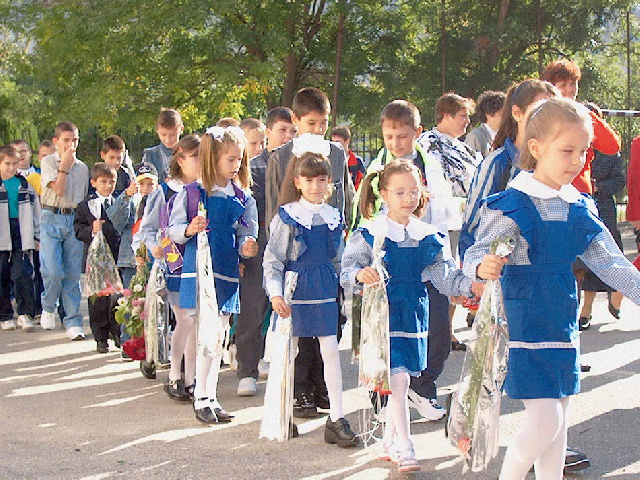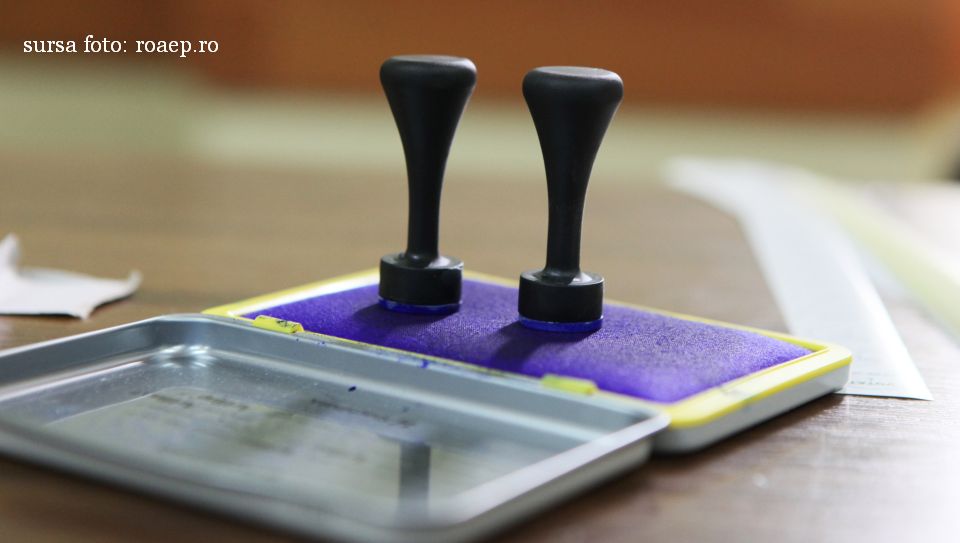A new school year kicks off in Romania
A new school year has just started in Romania for pre-university students and its structure has been slightly changed as compared to 2015.

Mihai Pelin, 12.09.2016, 13:44
More than 3 million students in Romania started a new school year on Monday, after a 3-month long summer holiday. However, not all schools are properly prepared to welcome their students, as some of them have been faced with problems such as an insufficient number of teachers, the lack of school directors and, very often, the lack of sanitary permits.
Moreover, some of the textbooks have not reached the students yet because auctions have been contested. Most problems have been reported in the case of schools located in the rural areas. There, students attend classes in improper or improvised classrooms, with no heating, dirty walls and toilets at the back of the schoolyard. These schools do not have running water either and the furniture is very old. These problems aside, the new school year’s structure has been slightly changed as compared to 2015.
The spokesman for the Bucharest School Inspectorate, Marian Banu, tells us more about it: “The structure of the 2016-2017 school year has suffered some changes, which are necessary in order to adjust it to the realities of the education system. Thus, there will be 35 weeks of classes. The first semester starts on September 12, 2016 and ends on February 3rd, 2017. Of course, there will be a holiday between the two semesters. The second semester starts on February 13th, 2017 and ends on June 16th 2017.”
Also, the programme “Doing school differently” has become more flexible, in the sense that every school can choose when the five consecutive days of special activities will be held. As a first this year, students will have a statute of their own. The document will regulate the rights and obligations of the Romanian students studying in public, private and confessional schools. This is the first such statute drawn up in the past 25 years in Romania. Students’ rights have been structured into five categories, namely educational rights, association and free speech rights, social rights, rewards and other rights.
Moreover, in the case of national exams, the stipulation according to which the final grade, after appeals, could be changed only if there was a difference of minimum 0.5 points between the initial grade and the grade received after appeal, has been removed. The Education Ministry has decided that, when calculating the grade point average for high school admission, the grade point average obtained after secondary school graduation will account for 20% as compared to 25% at present. High school admission will take place in one single computer-assisted stage, followed by another stage devoted to the analysis of special cases.






























